People often complain that their knees hurt when they practice horseback riding, so today I’m going to talk about this problem.why Knee Pain in Yoga Riding Pose?
First come to know the posture: Yoga Riding Pose, the picture below
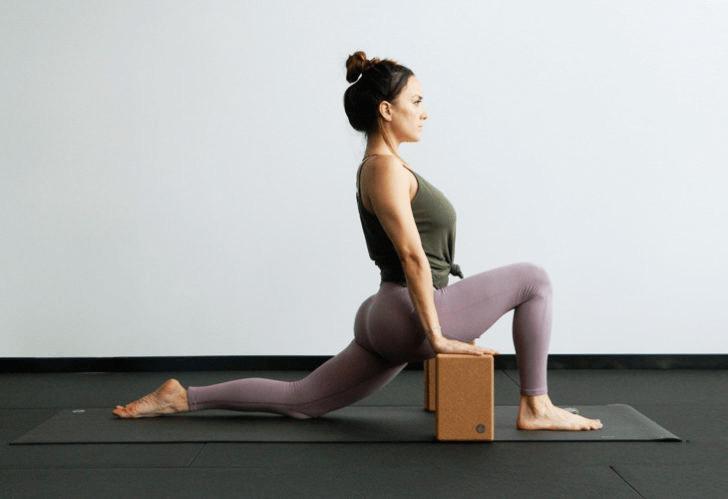
A posture with feet separated from front to back, front legs bent, lower legs 90 degrees; knees of hind legs, shinbone, insteps landing; pelvis straight, spine extended; arms raised or placed on the sides of the legs to support the ground, hands on the knees above.
There are two reasons for knee pain: the pain is simply because the cushion is too thin; the other is the pain caused by too much pressure on the knee.
The mat is too thin: mats of 4 mm and below are generally used by experienced yoga practitioners and those with stronger muscle strength. Practice directly on the wooden floor without pain. It is recommended that beginners choose a 5-6 mm yoga mat. If it is too thin, it will hurt, if it is too thick, the support is not good and it is not stable enough. If the knee still hurts with a moderately thick cushion, place a towel under the knee or fold the cushion in half and place it under the knee.
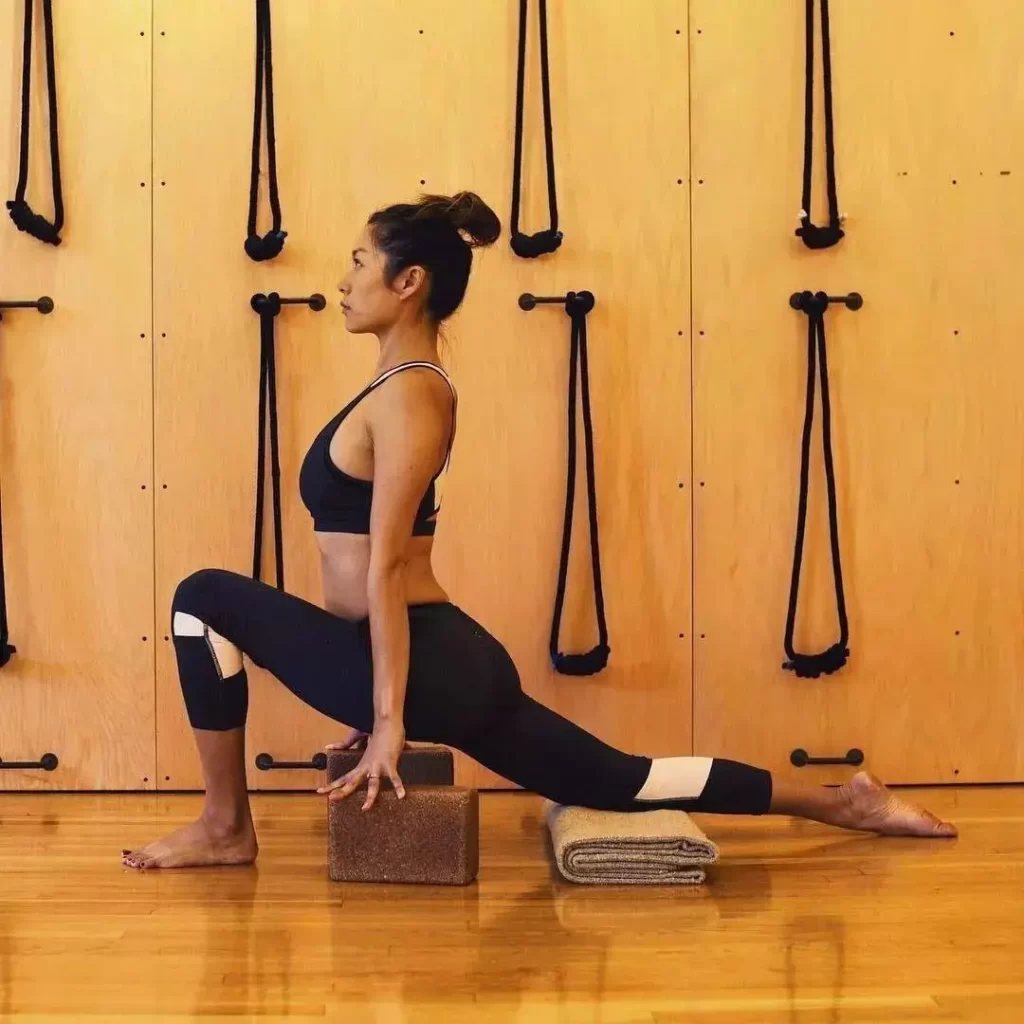
Too much weight on the knees. There are two main causes of excess weight on the back knee: uneven distribution of force on the back leg; and the wrong center of gravity throughout the pose.
1. The power distribution of the rear leg is uneven.
It was said before that the foundation is the one that touches the ground and bears the weight of the body. Although the knees are touching the ground, try not to let them bear too much weight. The knees only touch the ground lightly. In fact, you can also make the back knees off the ground to do the riding style. .
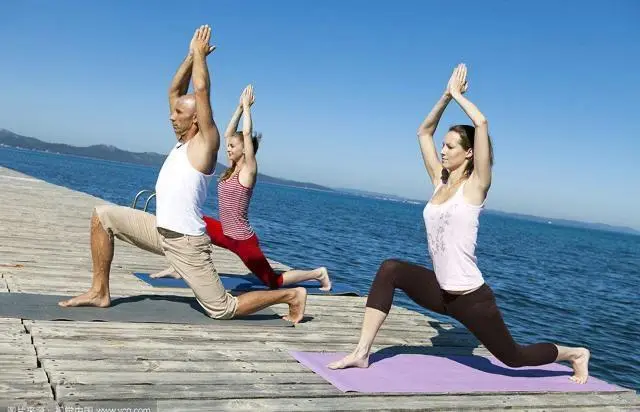
How can I reduce the pressure on the back knee? Handle two forces well: press down on the shin and instep of the calf, and lift the thigh up.
Calf shin and instep press down: More precisely, it should be consciously let the calf press down on the ground near the instep of the ankle.
Thigh Raise: Thigh Raise not only reduces stress on the knees, it also helps to straighten the pelvis. We’ve been emphasizing for a while now that the back hips of poses like Riding Pose tend to drop down.
Raise your heels and plant your feet on the ground to help find the force of your upper thighs and lower legs. And the farther back and farther away from the knee is, the more pressure on the knee can be shared. So it’s a good idea to step on the ground with the soles of your feet.
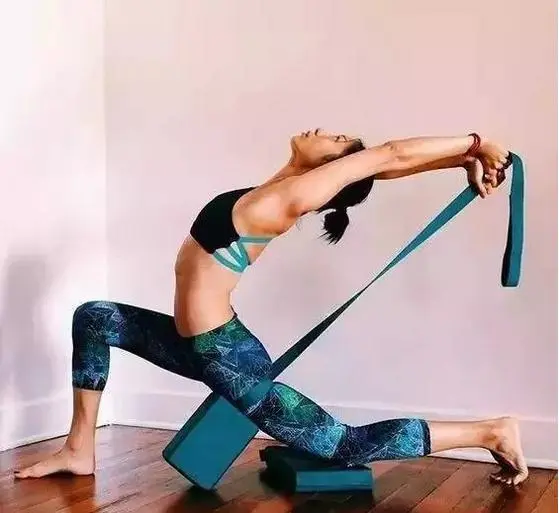
2. The center of gravity of the whole pose is shifted back.
Horseback riding is also a posture in which the legs are separated back and forth. In this type of pose, the legs should bear the weight of the body evenly, and the center of gravity of the body is still in the pelvis position. It’s the same as Zhanichi and Reinforced Side Stretches. But many people shift their weight from the pelvis toward the back legs when doing horse riding. From the original front and rear feet to share the weight of the body 55%, the center of gravity is on the vertical line of the pelvis, to 37% of the front and rear feet, and even the front feet do not exert force at all, and the knees and the rear feet are 55%. The center of gravity of the body is from the vertical line of the pelvis to Moving back, the knee becomes the main point of support. In this case, even if your thighs are raised and the insteps are pressed down enough, the knees will still be stressed. Not to mention that many people lack the power to lift their feet and press down on their thighs.
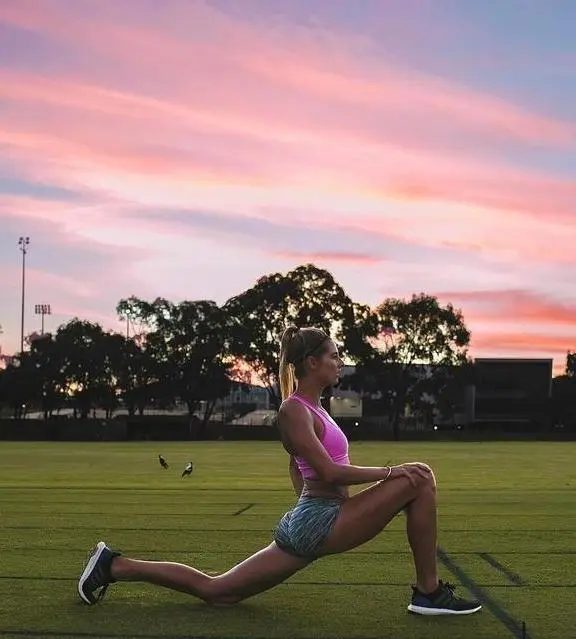
The solution is simple: move the body’s center of gravity forward on the pelvis, while the front foot bears the 5-point force he should bear, instead of being lazy or even empty. Step on the forefoot as if it were the foundation, when in fact it is the foundation. You can also try to lift the heel of the front side and let the sole of the foot step on the ground to see if it helps the back knee pressure caused by the void of the front foot and the rearward movement of the body weight.
Read more tips about health and fitness http://www.growmorehealth.com
